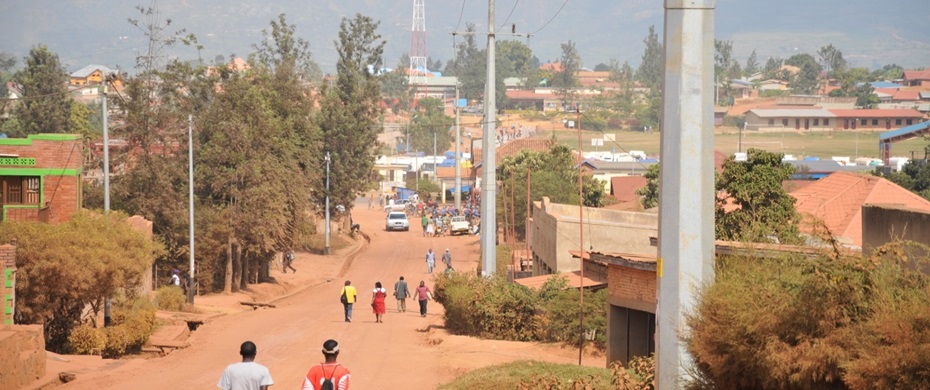Kigali, 12th June,2014-The Government of Rwanda (GoR) launched a 5-year Rwanda Electricity Access Roll out Program (EARP) in 2009 as its flagship program to realize the primary targets of the EDPRS for the electricity sector. The medium term goal of EARP phase I was an increase of the total number of electricity connections from 110,000 in 2009 to 350,000 by the end of 2012 (about 16%), and cumulatively to 1,700,000 households by 2017 equivalent to 70%. The emphasis is connecting social infrastructures such as health facilities, schools, administrative offices and commercials centers.
The total cost of required sector investments is realistically being met through affordable customer charges, Government funding and support from development partners.
The ongoing success and momentum of EARP phase I prompted the government of Rwanda to raise its connection targets even higher for phase II. During an annual policy review in 2012, the original goal of achieving 50% national electrification by 2017 was raised to 70%.
The objective of EARP is to improve access to reliable and cost effective electricity services for households and priority public institutions and the programme was designed along the line of least cost plan to ensure access to electricity by all citizens in the long run.
Establishing a think trellis of electricity connections in urban and rural areas is in line with Government program of attaining the ideals of Vision 2020 and Economic Development for Poverty Reduction Strategy (EDPRS). EARP is meant to partly meet some of those ambitious goals. The programme focuses on some components such as Grid Roll-out, Green connections and Technical assistance, capacity strengthening, and implementation support.
Scattered settlement that makes connection costs to be high, low productive use (or consumption) of electricity in rural areas, delays in some contracts execution, electricity Access for poor and poorest and ffunds mobilization for achieving the EDPRS 2 target.

 ENGL
ENGL KINY
KINY